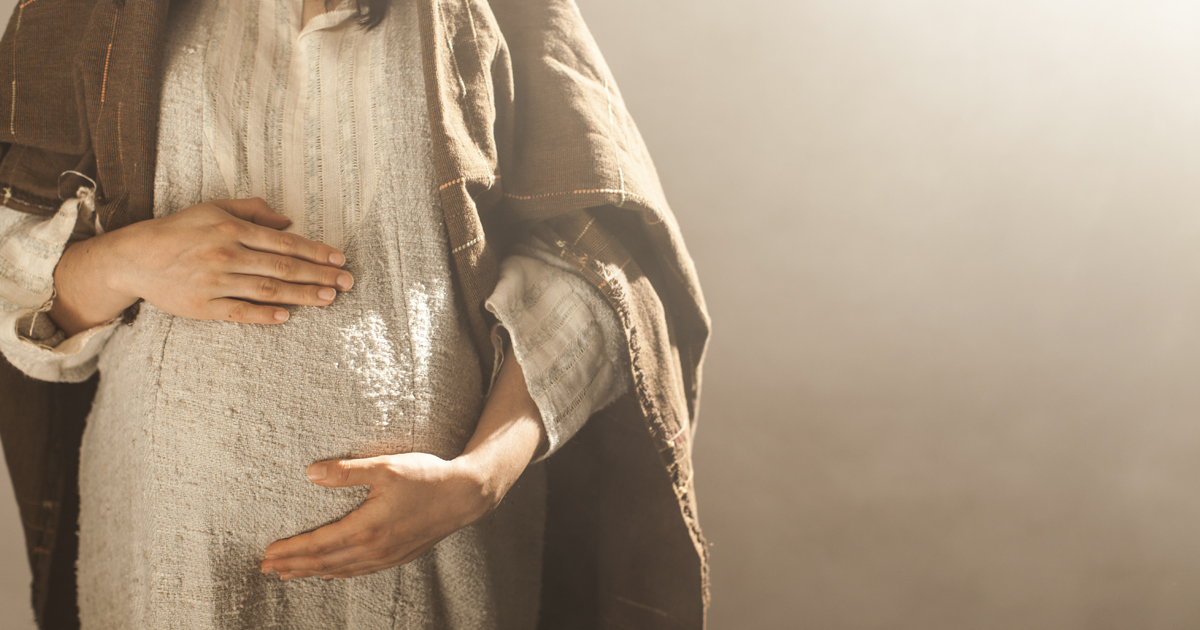A few years ago, while living in Prince Albert, Sask., I got an evening call to visit the hospital. I was the on-call chaplain that week, and a young woman was requesting spiritual care. She had just miscarried. Leaving my own two children to complete bedtime routine with Daddy, I steeled myself for the holy conversation ahead, praying that God would give me the right words to comfort the grieving mother.
What I wasn’t prepared for was encountering the infant, born at 21 weeks gestation, tenderly cradled in its mother’s arms. It was so tiny—a mere wisp of the babes I had left at home—but it was whole. Ten fingers, 10 toes, the sweetest button nose and pursed lips. The mother asked if I would hold the baby as I prayed, and as I looked down into the face of the perfect child, I was reminded of the words of David, who praised God because he was fearfully and wonderfully made, knit together in his mother’s womb (see Psalm 139:13-14).
I love the image painted in this ancient poem—God with knitting needles building our form stitch by stitch. It has only been in recent years that we have been able to bear witness to this in-utero knitting process. For much of history, fetal development remained a mystery, as it would have been in the days of Mary’s pregnancy with Jesus.
And while Mary would not have been attuned to all that was happening to the babe growing within her womb, she would have been intimately familiar with all that was happening to her own body as she embraced motherhood.
It is truly remarkable what a woman’s body is able to accomplish as it supports a growing fetus, though it may not feel remarkable at the time. While my own pregnancies were relatively uneventful, I could not ignore the morning sickness, bloating and cravings—not to mention the kicks to the ribs in the third trimester—that all reminded me of the reality that my body was no longer mine alone.
I often marvel at what Mary would have thought as she endured these same symptoms of pregnancy. God, incarnate in her womb, not only the source of a spiritual joy I can only imagine, but also the source of nausea and stretch marks and contractions. Did she embrace even the most painful aspects of her divine calling, or did she bemoan her physical ailments or feel shame at her post-pregnancy body?
Regardless of whether you have carried a child, all too often we look upon our bodies— fearfully and wonderfully made as they are—through a lens of disgust and shame. How often do we, especially as women, want to dismiss our bodies because we don’t like the way they look or the way they function? For those enduring chronic pain or infertility, your struggle may be magnified as you question whether your body has failed you.
In moments such as these, we may long to turn away from our bodies, to detach ourselves from the pain and emphasize only our spiritual selves. However, it’s important to note that God was very much interested not only in Mary’s heart, but in her body as well. She served God through the giving of her body in motherhood, just as we can serve God in tangible ways with the bodies he has gifted us. God met with Mary through swollen ankles, heartburn and fatigue, and he longs to meet with us, too, in the form he knit personally for us.
I assure you—our bodies matter to God. He chose to use the unique biology of a young woman, Mary, to carry his child, to bring his only Son into the world. We need not feel ashamed of our bodies; we should celebrate them as the gifts from God that they are.
Captain Laura Van Schaick is the corps officer at Barrhaven Church in Ottawa and the divisional secretary for women’s ministries in the Ontario Division.
Photo: Pearl/Lightstock.com










Leave a Comment